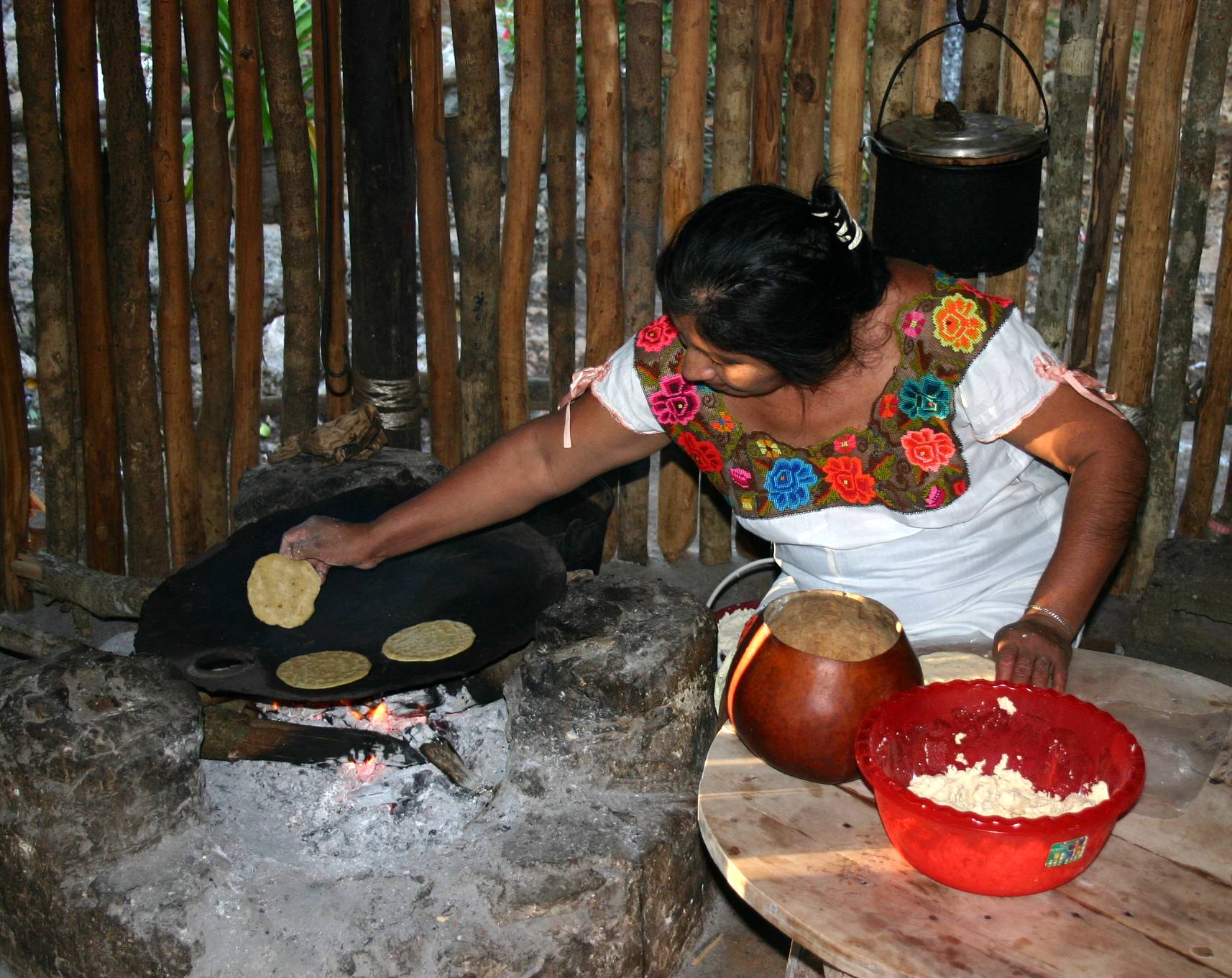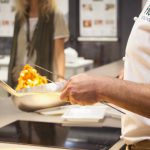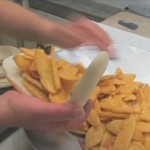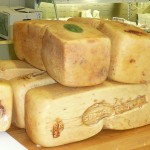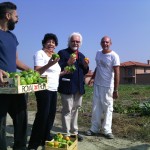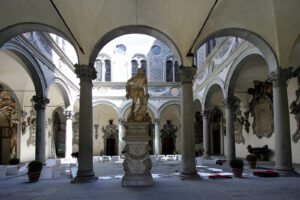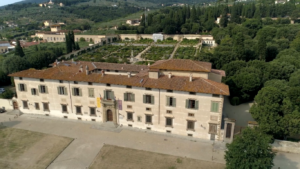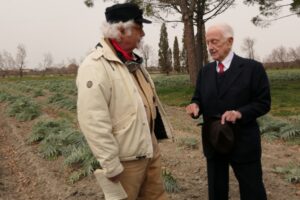The biggest agri-food theme park in the world devoted to Italian Food
The piadina romagnola unites the world
Learn about all its variations around the world
From time immemorial humans have tried in vain to overcome the curse of the Tower of Babel. Differences are good and they guarantee the existence of a sane biodiversity. But they are also thorny. Differences lead to conflict and incomprehension. It would be nice to find a common platform. Does a lowest common denominator for all the human populations exist?
They tried it with languages (with Esperanto and others), but they didn’t succeed. Regarding religion- mysticism they found many important similarities in the history of different peoples (the Myth of the Flood for example) but nothing absolutely certain. However, regarding cooking we can rely on an element that is valid for all humanity: the piadina from Romagna!
The piadina is everywhere. The piadina belongs to anyone. The piadina is absolute. Perhaps it has different names, but it’s the same piadina. In its simplicity, the piadina provides the base, the rest is details.
The piadina dates back to the Etruscan period, but I like to think that it’s even more ancient: perhaps it was the second recipe ever, after the steaks of mammoth. The piadina is Neolithic!
The piadina is made of water and flour. If you want you can add a drop of milk or a bit of lard (depending on the faith of the cook). You only have to knead them and shape the dough to form a thin and round flatbread. You cook it and it’s done.
Native Australians cook it in the sand, in the ashes. Mexican Indians add a bit of hydrated lime. And some razdore (domestic goddess in Romagnolo dialect) use baking soda, but in the end it’s the same.
In India they call it chapati, but it doesn’t change. In Yemen they cook it sticking it to the walls of a clay oven, and when it falls it’s ready. In Ethiopia it turns into a spongy wrap, but it’s still a piadina. In Oceania, where there is no flour, they use the pulp of the breadfruit, and it’s still the same. In the Jewish tradition the thin unleavened bread clearly derives from the piadina. The Chinese or the Japanese may use soy or rice, but it is only a variation of it.
In Romagna, where I like to think the Global Piadina was born, they transform it, folding it and filling it (that’s how they make a crescione), but it doesn’t lose its identity. When we, Velistipercaso, (with Cino Ricci and Paolino, the cameraman, both from Romagna) met on board Adriatica in the middle of the Atlantic Ocean and felt homesick, what did we do? We officiated the sacred Ritual of the Piadina. With some slices of Parma ham, the joy was infinite.
Pic of Mexican tortillas courtesy of Flickr User Yusuke Kawasaki
Main pic courtesy of Flickr User Fry_Tehonly


